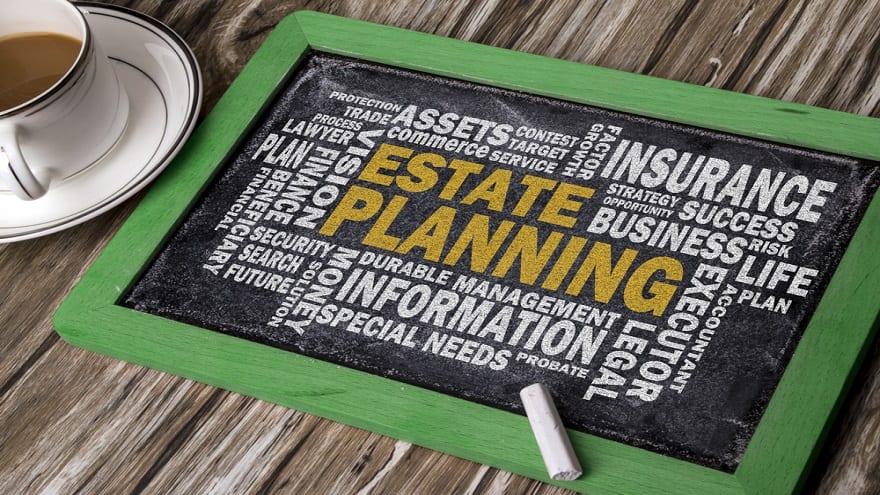How to Shelter Your Estate Plan from Disasters [Part 2]

In last week’s edition of Retirement Watch Weekly, I shared my checklist on how to protect your estate plan from the kinds of disasters people rarely consider. Today, let’s wrap up the checklist with steps 4 through 7:
Step 4: Document your property.
To recover all or most of what you lose in a disaster, document what you own. Insurers have formulas they use to reimburse homeowners for losses of their household goods.
You might be better off proving exactly what you owned, especially if you have high-end electronics, expensive furniture, jewelry, antiques, custom home improvements and other special items.
Ideally, you have a list of what you own, including date purchased, cost, and an estimate of the current value. The best evidence is to have receipts of your purchases to prove the details.
Many insurance agents recommend that you have videos or photographs of your home that are date-stamped, so you can prove you owned the items at a particular point in time and they were in good condition.
Having this evidence increases the odds you’ll recover as much as possible.
Step 5: Have a continuity plan.
This is critical for businesses, but also important for homeowners.
What will you do if the things you depend on each day aren’t available? You could go days without electricity, running water, natural gas, telephone and other services.
When the electricity in your area is out, that means the pumps at the local gas stations won’t work. The only gas you’ll have is what’s in your cars and any containers you filled.
Consider what your options would be for food. Keep in mind that roads could be flooded or blocked by fallen trees for some time.
Having cash on hand might be essential. ATMs and credit card processing systems might be out of service for extended periods.
You should be prepared to be self-sufficient for a while. Most preparedness experts recommend that you be ready to live without outside provision of utilities, food, water and support for three to seven days.
Step 6: The after-event checklist.
Part of your preparation is knowing what to do after you suffer a loss. You should, of course, contact your insurer or agent and begin the process of filing a claim.
As soon as you can, take photographs or videos of the damage. The instinct of most people is to begin moving things around and try to fix what they can.
For insurance purposes, though, the first step is to take any action necessary to prevent further immediate loss, and the second step is to document the damage.
The insurance adjustor will provide estimates of the damages and reimbursement. You can present arguments and information to support higher estimates when you think that’s appropriate.
It’s important not to deposit a check from an insurer or sign an agreement unless you are satisfied with the estimates.
Once you accept payment, you won’t be able to negotiate further unless the insurer stated it wasn’t full payment.
Step 7: Contact creditors.
Many firms provide some kind of grace period to those who suffered catastrophes, or have other excuses for late payments.
You could save a lot of money by having late payment fees waived.
Preparation is the key to maintaining your financial security and minimizing your losses from a disaster.
![]()





